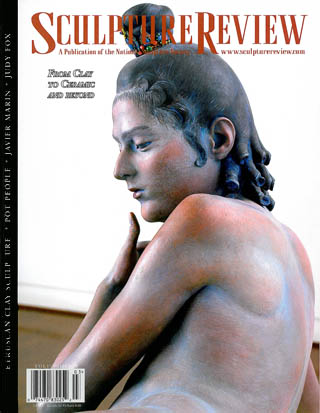
From Clay to Ceramic and Beyond
Features
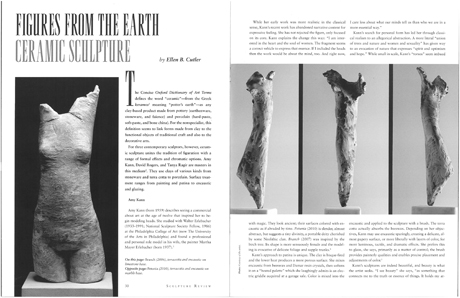
The Concise Oxford Dictionary of Art Terms defines the work “ceramic” – from the Greek keramos meaning “potter’s earth” – as any clay-based product made from pottery (earthenware, stoneware, and faience) and porcelain (hard-paste, soft-paste, and bone china).
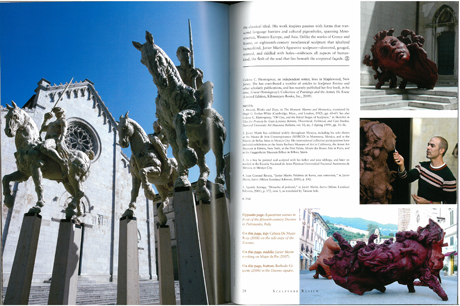
Animus Viscus, the flesh of the human soul, reveals its many manifestations in the works of Mexican sculptor Javier Marin (born 1962, in Urapan, Michoacan, Mexico). His larger-than-life clay and bronze figures describe some of the most basic conditions of humankind – pain, ecstasy, fear, and despair.
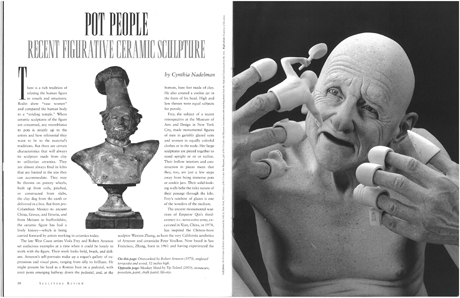
There is a rich tradition of relating the human figure to vessels and structures. Rodin drew “vase women” and compared the human body to a “striding temple.” Where ceramic sculptures of the figure are concerned, any resemblance to pots is strictly up to the artists and how referential they want to be to the material’s traditions.
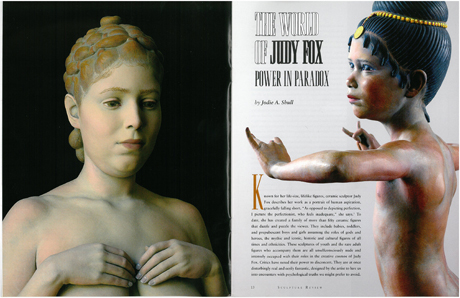
Known for her life-size, lifelike figures, ceramic sculptor Judy Fox describes her work as a portrait of human aspiration, gracefully falling short. “As opposed to depicting perfection, I picture the perfectionist, who feels inadequate,” she says.

In the Italian peninsula, the great Etruscan civilization predated that of the Romans and was eventually absorbed by them. Theories about the mysterious Etruscans abound, in part because their written language is still not completely understood and because no contemporary history of them, written in antiquity, exists.
